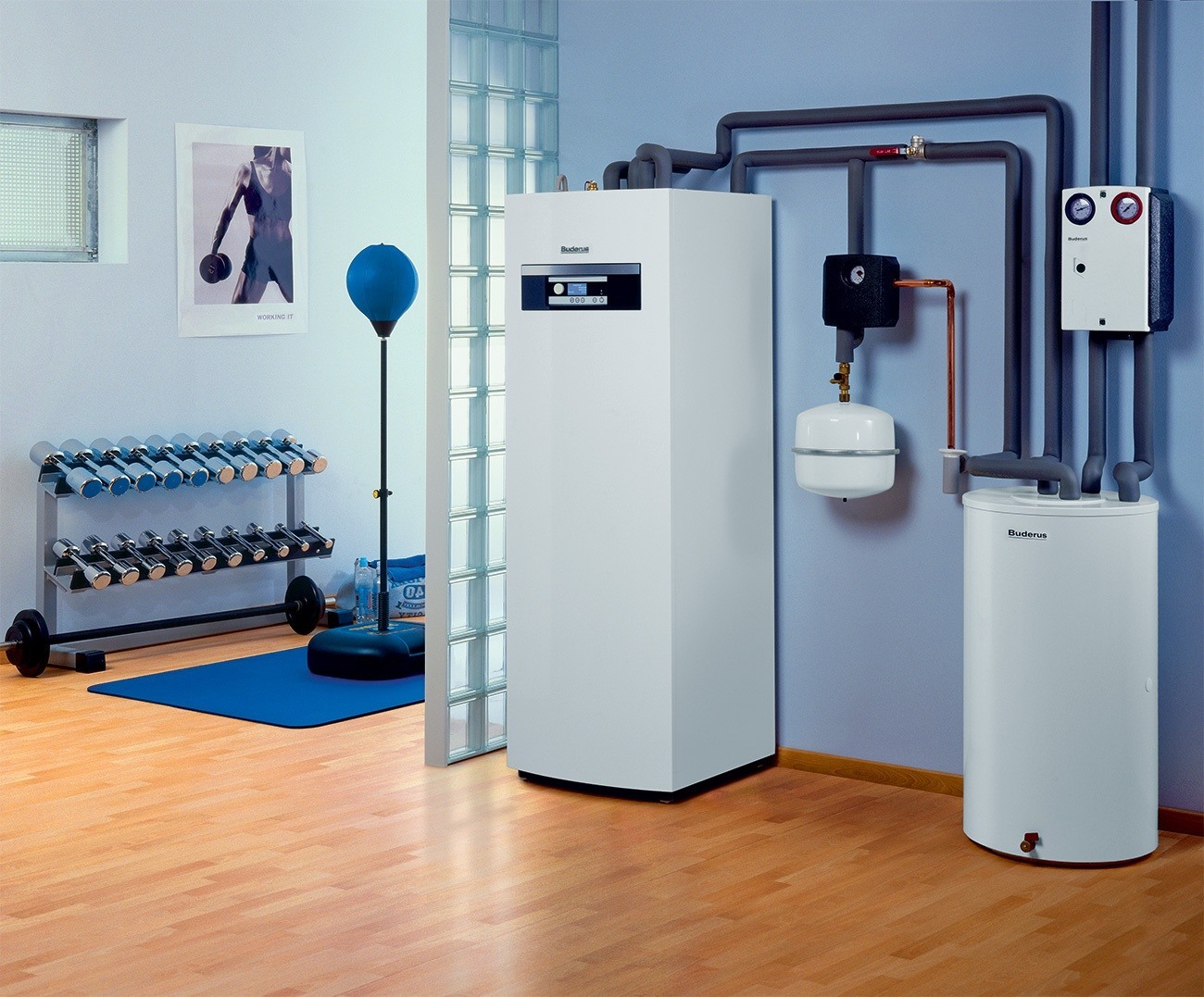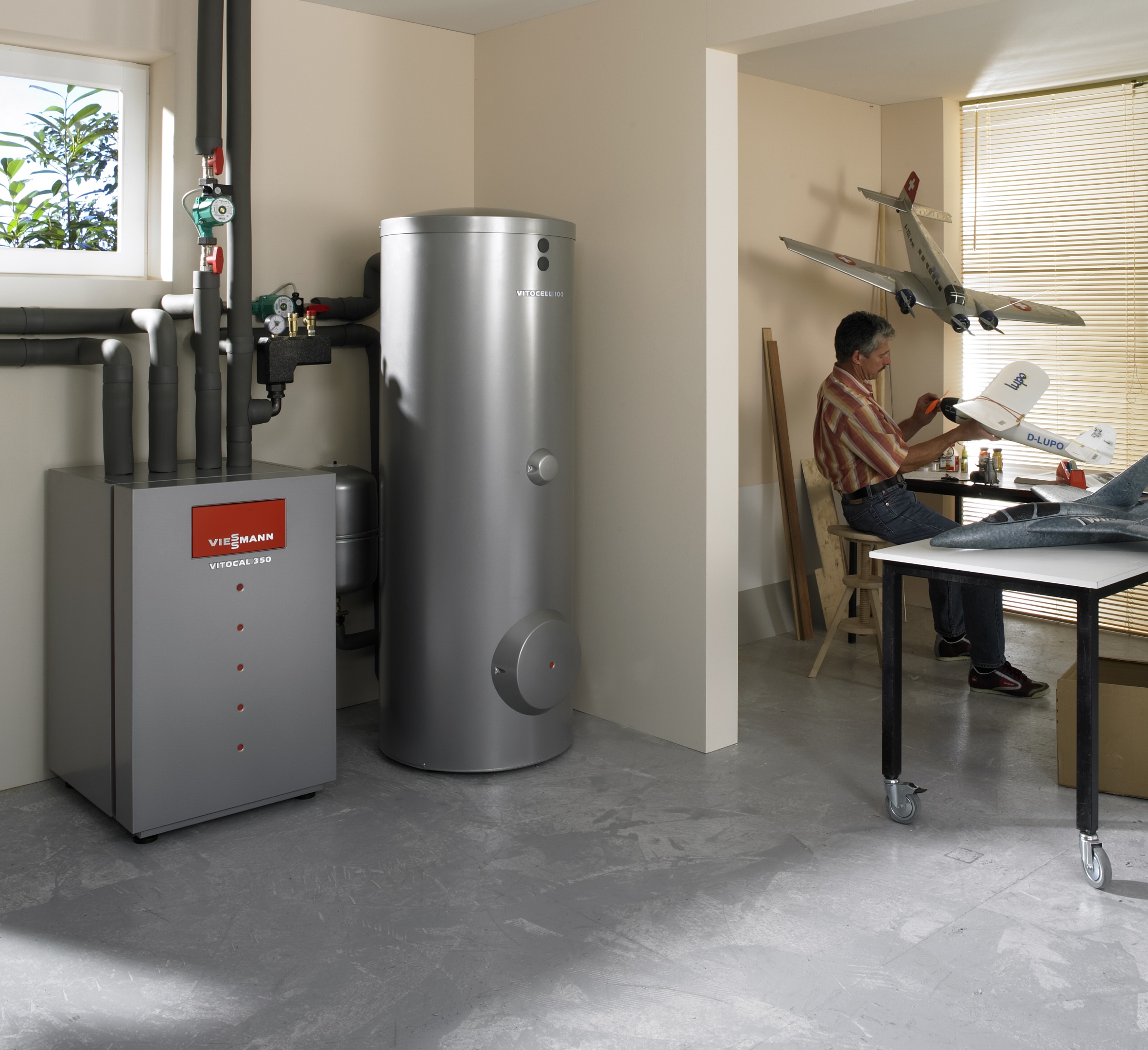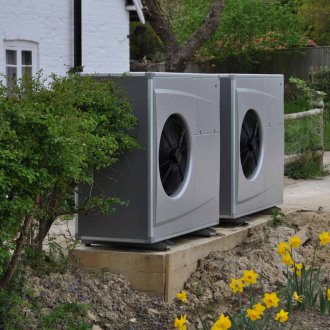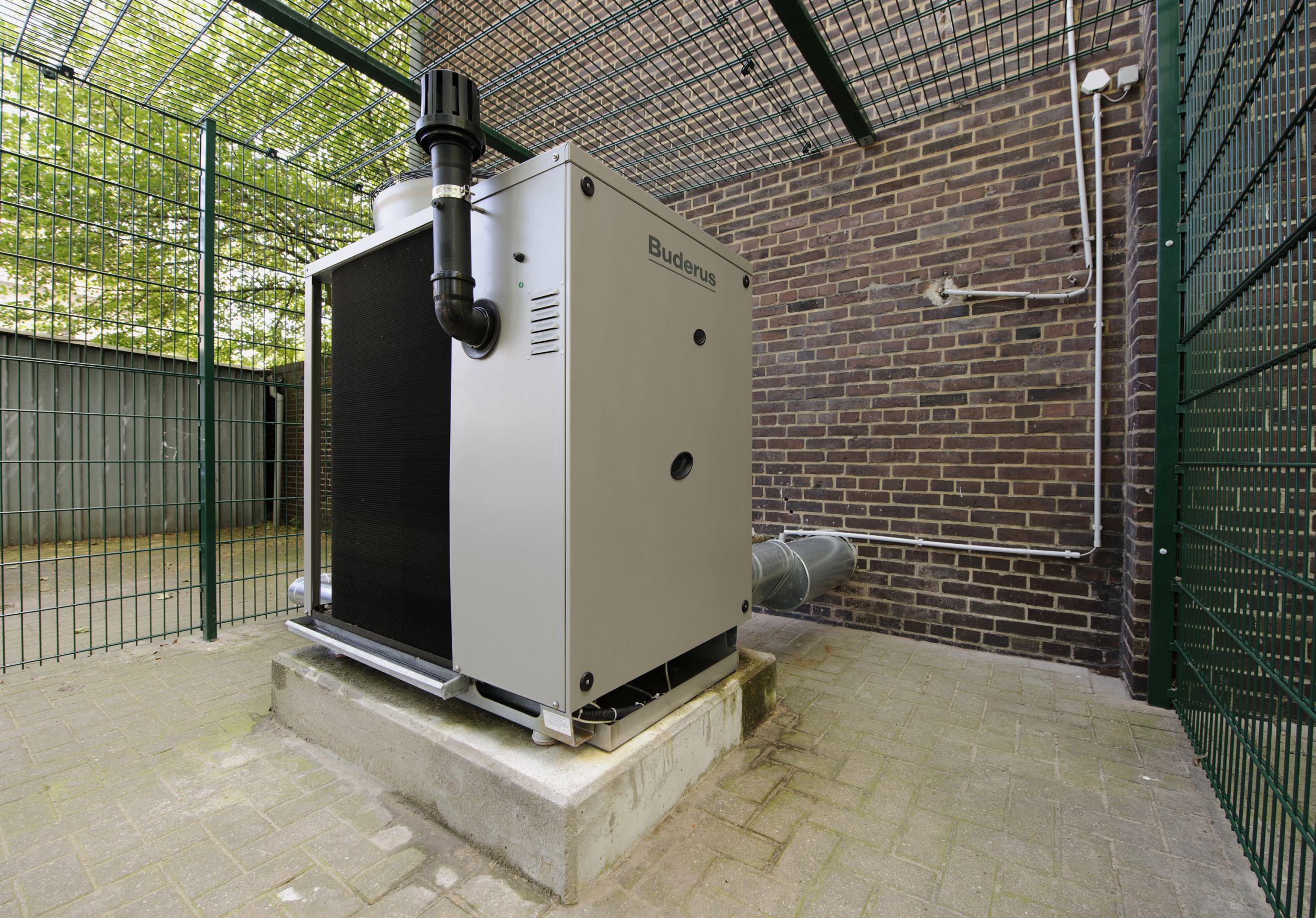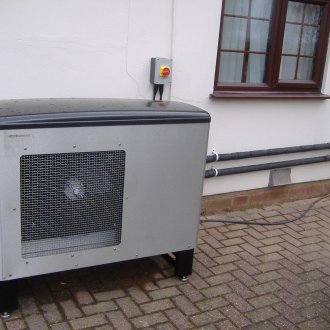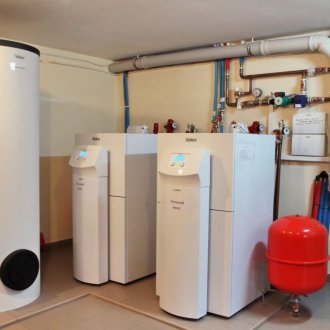The use of a heat pump in a house: pros and cons
Content
Everyone wants to receive heat and not pay for it. In recent years, the popularity of such a means as a heat pump for heating a house. This unit helps reduce energy costs. The energy efficiency of the pump is conducive to the spread of technology for operating the product worldwide.
Scheme of work
The principle of operation of the device is based on the use of heat sources under natural conditions. Energy resources can be:
- Air;
- Water;
- Priming;
- Groundwater.
The heat pump operates in conjunction with the heating system. It assumes the presence of three circuits. One of them falls on the pump mechanism. Heat from the external medium is taken by the coolant with the property of non-freezing. It carries out a cycle along the outer contour.
Heat pumps contain the following components:
- Evaporator;
- Compressor;
- Capillary;
- Capacitor;
- Refrigerant;
- Element for temperature regulation.
The principle of the system implies that the coolant enters the evaporating element of the device, where heat is transferred (4-7 ° C). This is called recovery. There, the coolant begins to boil, changing the liquid state to gaseous. The phase change process is carried out in the compressor. Then the gaseous phase enters the condenser, where the heat is given to the air in the room of the house or the coolant in the internal circuit.
After that, the temperature of the refrigerant decreases, affecting the change of state to liquid. In this state, it passes into the capillary element of the reduction type. There is a decrease in pressure. Then the refrigerant is transferred to the evaporator unit. At the end, the cycle closes.
Heat pumps are equipped with sensors and controllers for temperature control. Reaching the required temperature implies heating the room to a predetermined value. After that, the compressor shuts down. In the event of a decrease in temperature, the sensor is triggered, which is responsible for turning on the compressor. As a result, the pump is instructed to restart work.
If there is a recuperator in the system, the exhaust air is captured by means of a cross-flow heat exchanger. In it, some heat is released to the incoming air. Further, the recovery system works according to the same principle of heat removal.
Advantages and disadvantages
Operation of the heat pump requires the following positive aspects:
- High efficiency at low economic costs - energy consumption is minimal, and heat is supplied free of charge.
- Widespread use regardless of the terrain - the absence of a transmission line does not affect the operation of the compressor, since a diesel drive can be installed. Thermal energy can be obtained on any terrain.
- Environmentally friendly operation - combustion products are excluded during operation. The lower energy use of power plants in some way reduces their harmful emissions. The pump refrigerant used does not contain chlorine derivatives of carbon compounds and is safe for ozone.
- Circulation pumps can operate in two modes (heat supply, cooling) - in the summer it is possible to cool the room, using the heat of the room for other purposes.
- Safety of use conditions - heat pumps do not require hazardous steps during operation due to the absence of an open flame, emissions, low carrier temperature.
- The automated work process helps to increase the time for other work for the home.
Thus, it is possible to use this device in many areas of the economy.
A geothermal heat pump is characterized by the following disadvantages:
- A large amount of funds is required at the initial stage - the pump and the geothermal system itself are of high cost.
- In areas with low winter temperatures (below 15 ° C), an additional heating system is required.
It is advisable to use geothermal pumps at the construction stage, as many systems require a certain layout.
Pump types
The widespread worldwide application of heat supply by the method of geothermal intake has led to the emergence of many varieties of devices. Types of heat pumps are classified according to different characteristics. In relation to the heat base used, the geothermal heat pump is divided into the following groups:
- Soil-water - it is assumed the use of ground contours of a closed form or geothermal probes with deep penetration. The principle of heating under such conditions is water.
- Water-water - open wells and groundwater discharge installations are used. The principle of operation is based on the absence of an outer loop cycle. Water type of heating.
- Water-air - the heat pump requires external water circuits. Heat is supplied to the air heating mechanism.
- Air-to-air - the heat dissipated in the air of the environment is used. It implies the use of an inverter heat pump in conjunction with an air-type heating mechanism.
When answering the question - how does the heat pump work in relation to a particular category - there is one answer. A geothermal heat pump operates according to one principle, taking the heat of a selected source.
Pumps with recuperators allow you to use the heat of the air inside the room. They work according to the air-to-air scheme.
Pump selection
Many types of installations are sometimes confused when purchasing a device. How to choose a heat pump? It should be selected on the basis of thermal engineering calculations involving a certain power of the device. The power itself proceeds from such conditions:
- Territory of arrangement;
- Area for heat supply;
- The amount of heat loss;
- Type of building and materials used;
- Characteristics of the ventilation system;
- The number of people living in the house;
- Operating mode of operation.
It is easier to choose a heat supply installation for a well-insulated house, since the cost of installation will be lower. If there is a mechanized ventilation system, then select the pump, taking into account significant heat loss.
It is also worth choosing the right resource that will serve as the basis of heat. The price of the location of the external circuit depends on this. If soil is chosen as a resource, then it is worth thinking about the independent performance of certain works.
A device with a recovery mechanism allows you to take the heat of heated air and direct it to the heating system and water heating.
The inverter heat pump in the air-to-air system does not require a large investment, since it does not require the cost of arranging the external circuit.
The heat pump for domestic hot water is initially selected taking into account the volume of the tank and the number of people in the house. Hot water supply is calculated on the condition of providing convenience when using water.It is also necessary to take into account climatic conditions and individual properties of the room where the installation will work.
The heat pump for the pool is selected relative to the heat loss of the object. This takes into account the location, volume, initial and optimal temperature in the pool, air heating, type of air conditioning system. According to some experts, a pool heat pump should have a capacity of 30% more than the amount of heat loss.
For indoor pools, it is recommended to choose a heat pump with a recuperator. Since the humidity is high, and the efficiency of the system increases. In the summer season, the inverter system of recuperators is converted into a cooling order, and can be aimed at cooling the room air.
DIY pump manufacturing
Do-it-yourself heat pump saves money. After selecting the energy source, calculations should be made to determine the power of the installation. Recommended power values in relation to home insulation:
- Poorly insulated house - 70 W / m2;
- The use of modern insulation materials - 45 W / m2;
- When warming, special technologies were used - 25 W / m2.
If necessary, thermal insulation should be improved, and it is also recommended to purchase basic and auxiliary equipment. The main equipment includes the components of the pump. As auxiliary means, brackets, a grinder, a tank made of stainless material and plastic, slats, copper pipes, metal-plastic pipes are used.
Circulation pump mounting diagram:
- Compressor installation;
- Arrangement of a capacitor using a tank of stainless material. A coil is placed inside the tank to move the antifreeze. Everything is done by cutting the tank and subsequent welding. In the end you need to make holes. The minimum volume is -120 liters.
- The placement of the heat exchanger, which is a copper pipe with plumbing at the ends.
- Installation of the evaporator, which is made of a plastic tank and a copper coil.
- Purchase of a design-compatible thermostatic valve.
- Freon injection and final welding of elements.
Do-it-yourself heat pump involves the following conditions:
- The capacity of the evaporator and compressor must be at least 20% margin;
- Freon choose brand R-422;
- Connect the elements must be tight;
- Observe the cleanliness of the channels along which freon will move.
Thus, a circulation pump made on its own makes it possible to use the energy of the surrounding water, air and soil.
If the house has a heat pump and the principle of operation meets all the requirements, then you can get the main or auxiliary heating means. Moreover, this installation will pay off in a short time.


